After one day of cool temperatures and a spattering of rain followed by more spectacular skies at dusk, we are back to sunshine and gentle breezes. The beach is wide, smooth, white and warm, with the occasional wallowing humans watched bemusedly from the jetty by the fishers above.
Jetty Road down which the trams make their way into Adelaide city centre, has been thoroughly foraged for various consumables and of course the required visit to Grundy's shoe shop, in business since 1921 and where bargains of the best of Italian, Spanish and German foot wear are to be found. I now have a beautiful pair of Spanish orange red sandals with cushioned soles for aching feet appropriately called Wonders. Later I sprinted flash footed down the Esplanade to lunch with Josephine and Ruth at the Kiosk where we spent a cheerful couple of hours swopping tales in the way that only old friends can, even though they might not have met for a long time.
At first glance, Glenelg is a typical seaside town with all the usual casual chaos- burgers with beers, bogans and coffee cafes. But as you go looking for the everyday, it is not hard to find yourself in something unexpected and out of the ordinary. Just off Jetty road is the master workshop the Goldsmithery established in 1959 by the father of present owner, Volker Sprinkmeir who with his wife Donna hand make jewellery in gold, silver, steel using traditional methods and tools inherited from his German father’s family. Volker’s grandfather was killed in the 2nd world war and the tradition nearly died out but for his son’s determination to re-discover the trade and expertise which he has passed down in turn to his son- Volker himself. They are passionate about their work and its history and they also provide a service to customers who want to refashion old jewellery into new designs.
The presence of Goldsmithery, as with Grundy’s shoes, is a sign of continuity in Glenelg, a place where the creep of modernisation is all too apparent. Along the Esplanade, the old historic houses are dwarfed by apartment towers and even falling to the axe of the developer- La Mancha will soon become a glassy pyramid of beachfront life style just next door to the summer residence of Henry Ayres of the Ayres Rock (now Uluru) fame. Naturally I did my duty as a property sleuth and registered my interest!
Eating is of course, the traveller’s obligatory duty when visiting places dependent on the trade and we faced that that onerous task resolutely. Last night we fronted up to Cardone’s Seafood and Grill on Jetty Road yet again where every table was full and the joint was buzzing to use a hackneyed phrase. The charming waitress was very sympathetic but unable to offer us hope of eating that evening. I put my very best I am sooo disappointed face on - no not true I was genuinely disappointed because the food going by looked great and smelt even better and by now hunger was setting in-12000 steps was by now beginning to take its toll. Was there any hope of a table later? She went away, consulted the boss and returned to offer us something in 30 minutes.
The short wait was well worth it- the scallops, the King George Whiting, the Garfish and the best ever lemon sorbet made in authentic Italian style not to mention the wine added up to a classic South Australian dinner. Our waiter was from Semaphore and he was our local adviser about the wines: the Eden Valley white wine we chose from Heggie's Winery was delightful and will be added to the list of favourite Rieslings. One of the other things that made the service good was how frank they were about the state of the oysters right now. It is spawning season and the fresh ones are often caught with the egg sacs still attached. The Oyster Bar nearby passed off their frozen as fresh to get over this but Cardone's gave us the option and did not hide the truth. Yesterday when we ate oysters on the wharf it was obvious they were not the usual high standard we find here but we came away not realising why. Nick Cardone and his staff were locals as only locals can be here: he is Adelaide born but Italian by inclination. He chatted away to Italian visitors as if he was one of them: being born in South Australia was no barrier to being a true Italian by inheritance.
Speaking of inheritance, I have added to my knowledge of family ties with the early settlers, thanks to brother Neil who did the heavy lifting on this some years ago. Most of the people who came to South Australia in the 19th century were not dissimilar to those who like us came in 1951- poor, unskilled, often from countries devastated by war and its aftermath, and naturally desperate for a better life. When people leave their homelands, they are seeking a safe and secure future for their children, as have many millions done for generations and continue to do so throughout the world today.
In 1859, The James Jardine 810 tones arrived in Port Adelaide from Liverpool, via Plymouth after 131 days at sea captained by George Jenkins and with 352 people on board.
The Captain reports that during the voyage not 10 days' fair sailing wind have prevailed. Under any circumstances this vessel, from her antique build, would not be likely to make a smart voyage. Much easterly weather prevailing during the latter part of the voyage caused her to come down as far as latitude 47 deg. south. The equator was crossed on April 5, and the meridian of the Cape on May 21. Nothing transpired during the whole voyage worthy of further remark than what has been stated, with the additions of the vessels spoken. ....
Nothing much happened apparently during the voyage- well except that five babies were born and six people died- five of them infants, all buried at sea. The passenger lists show that the people were mostly farm labourers, carpenters, miners, seamstresses, servants, etc., arriving as emigrants under assisted passage schemes. My Great Uncle Henry is listed as a farm labourer from Machen in Monmouth so he must have already moved away from Writhlington in Somerset; he was aged 32, accompanied by his wife Eliza and children Mary Ann, Elizabeth, Jane, Sarah and a baby called Henry James. The complete passenger list on the 1859 James Jardine journey can be found here: http://www.theshipslist.com/ships/australia/jamesjardine1859.shtml
What kind of journey did they have I wonder? How much deprivation was there for these 'free’ settlers who had chosen to make the long journey, unlike the convicts of NSW coming under different circumstances. Of the little that is known about the James Jardine’s passage in 1859, apparently, the quality of the flour was found to be of a very inferior kind and that must have made the bread on which they relied unappetising. There were other events too which may not have happened on this journey but are recorded as taking place on this very ship- all involving women and some unseemly behaviour on the part of the Captain. Not all plain sailing it would appear…
Still there were other problems at times during these long voyages. Two young women, sisters, who had sailed on the James Jardine, made a complaint against the Surgeon who on one occasion called them improper names. As it turned out these two girls had during the voyage, 'behaved in a most insubordinate manner and were in the constant habit of insulting the Surgeon and the Matron. They walked about the single women's apartment a great part of the night, and wished to be allowed to lie in bed during the day. They also had constantly and intentionally interrupted the evening prayers, and shocked the ears of well-behaved girls by profane cursing and swearing'.
It was proved to the satisfaction of the Immigration Board that their complaint against the Surgeon was quite unfounded and that, on the occasion referred to, he was vainly 'endeavouring to induce them to get out of bed after ten o'clock in the day'. Another complaint dealt with was the fact that the Captain of the ship had 'held such communication with one of the single women as to seriously interfere with proper discipline and decorum on board'. He was found guilty of 'conduct which had a direct tendency to encourage indecency and immorality'.
More stories can be found here: http://www.southaustralianhistory.com.au/sailingships.htm

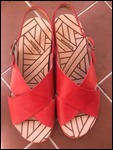
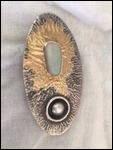
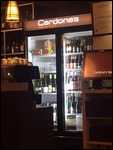
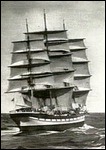
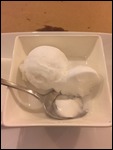
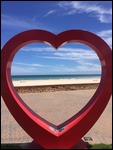
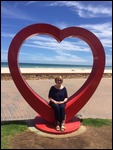
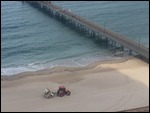

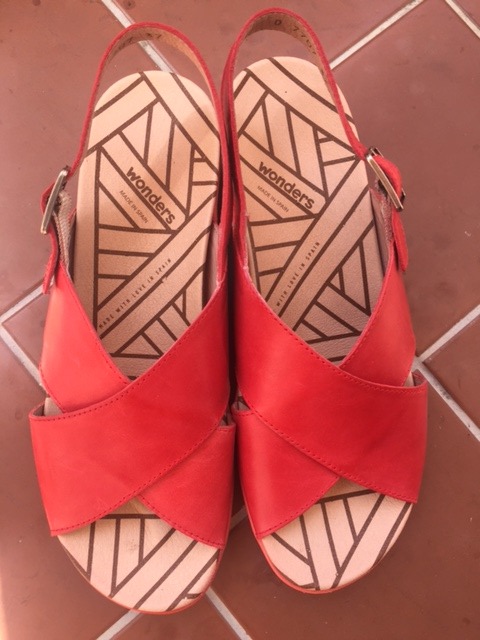
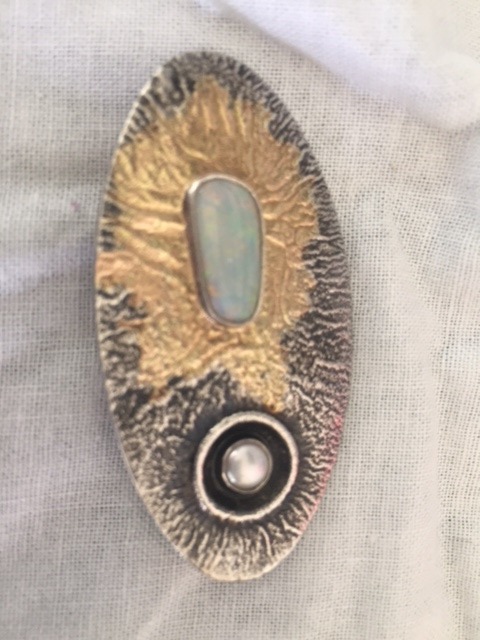

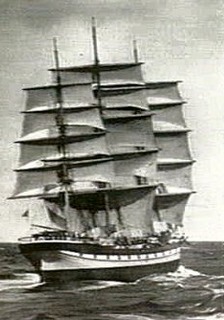
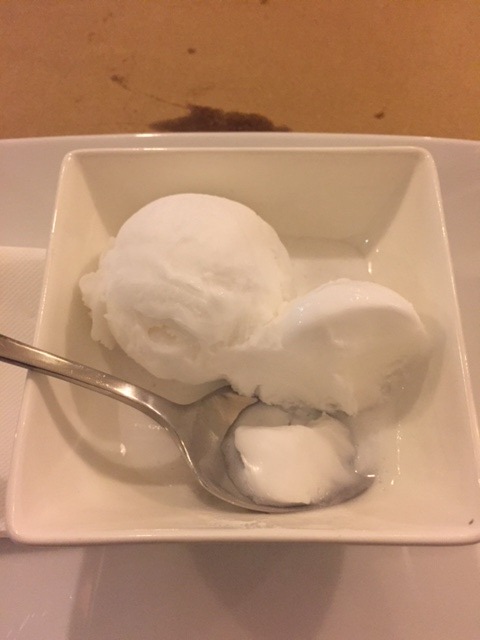
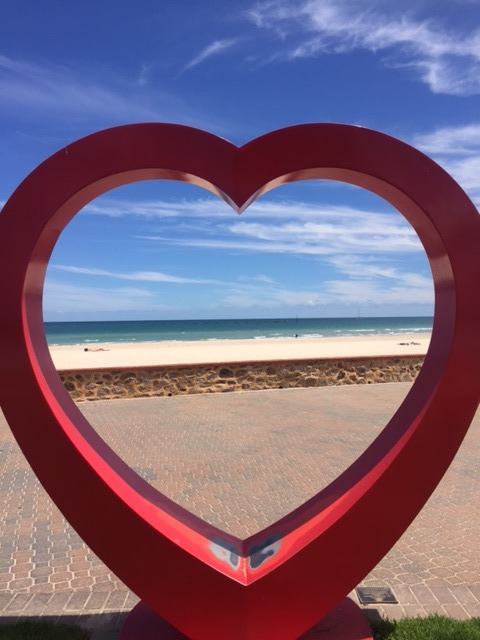
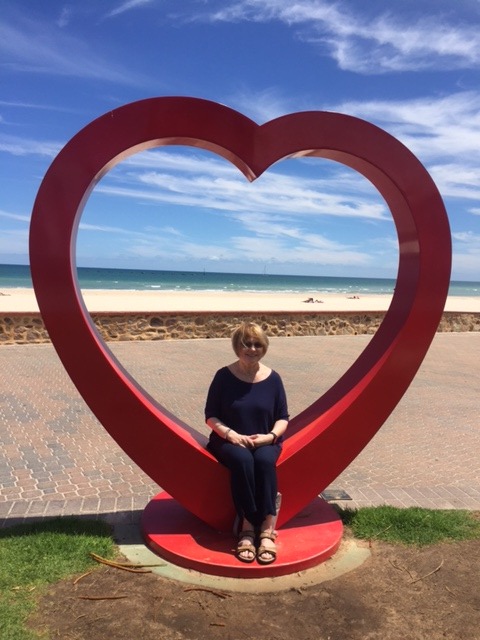
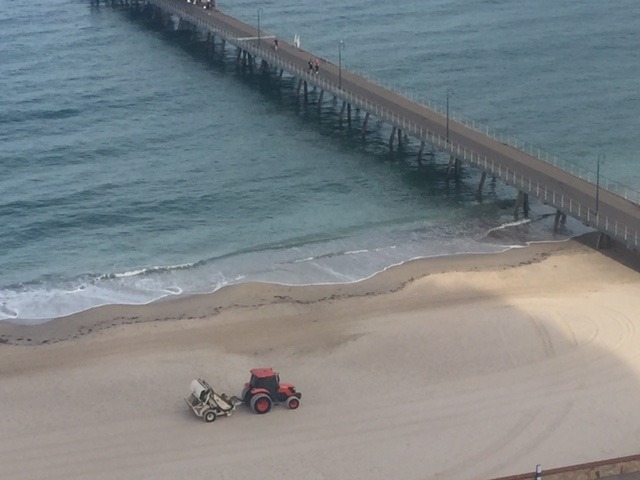
Comments